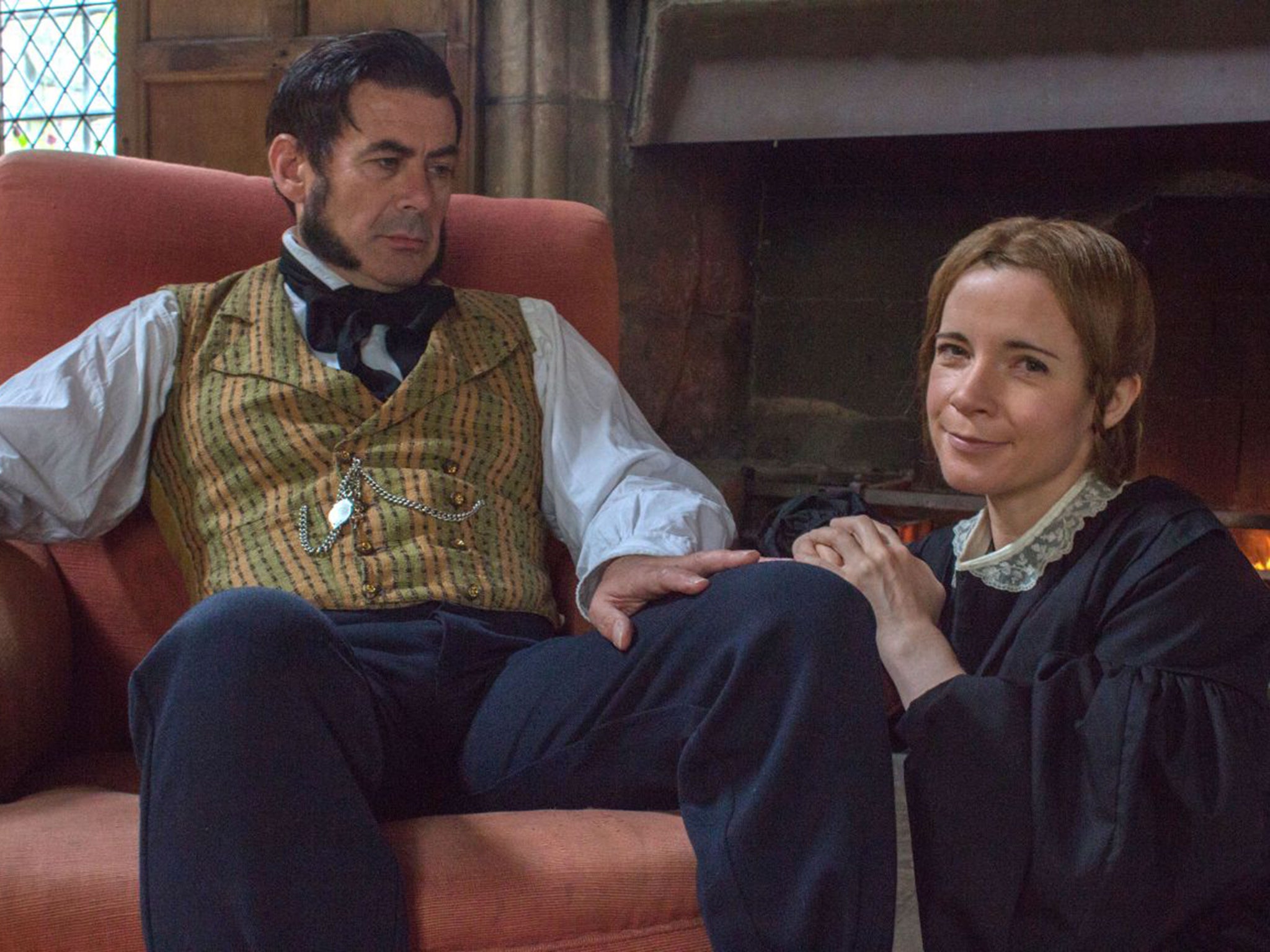A Very British Romance With Lucy Worsley, BBC4, TV review: marriage in Victorian Britain left a lot to be desired
'It wasn’t all brutal patriarchy, and there were some romantic customs that we still stick to today, and which still possess all their charm and humanity.'

What a thing it was to be a woman in Victorian times. We’re all familiar with the more modern sort of jokey handbooks about how to be a girl or a Sloane ranger or ladette, but they had a much more austere version of such volumes in the 19th century – so-called “conduct manuals”, vigorously studied by the ladies of the time.
One such was the particular object of attention in the second of Lucy Worsley’s three-part history on the British ways of romance. Entitled “Female Improvement” it, among other injunctions, proffered this advice to the wives of the time: “To all married women. It must be gratifying to receive from a husband just so much attention as indicates her presence”. In other words, you’d be lucky if your bloke even noticed you were in the same room as him; and, what’s more, that is actually how things should be, and you, madam, ought to realise that. Even the most truculent and independent-minded women succumbed to such assumptions of male superiority.
During what passed for a courtship between the intellectuals Thomas and Jane Carlyle, the intelligent and strong-willed Jane eventually came to believe that her prospective hubby possessed a “towering intellect to command me”.
This, however, did not prevent their marriage being a legendarily unhappy affair, slightly reminiscent of that between Basil and Sybil Fawlty a century or so later.
Yet fundamental to Victorian notions of manliness was the ideal of the medieval knight, as in Walter Scott’s Ivanhoe – strong but chivalrous, gentle and polite. And also very, very bearded, hence those luxuriant Victorian beards now, in turn, being paid homage by the urban hipsters of today.
In times when passions were controlled as tightly as a whalebone corset would confine a bulging midriff, the pianoforte was one of the few ways a woman might start a flirtation with a male, their hands glancing against each other across a keyboard.
A duet between Lucy and Professor Derek Scott of Leeds University – a man, by the way, whose idiosyncratic facial hair defies historical categorisation – amply demonstrated the technique, and I have never heard a more affecting rendition of “Believe Me, If All Those Endearing Young Charms”.
So it wasn’t all brutal patriarchy, and there were some romantic customs that we still stick to today, and which still possess all their charm and humanity. There developed “floriography”, for example, whereby bunches of different flowers, carefully composed, would transmit a message, translated by one of the many books devoted to the meaning of such floral emblems. Thus a posy of violets, jasmine and roses tells the recipient that “your modesty and amiability inspire me with the warmest affection”.
The Valentine’s card was greatly popularised by the arrival of the Penny Post in 1840 – though Lucy tells us that there was a pretty mercenary aspect to the correspondence, so that the more expensive the card the more obviously suitable the suitor. They also had some rather unkind “Vinegar Valentines”, which a man would send to a woman who had dumped him.
Their abuse was somewhat mild by today’s standards, however – “FALSE, FALSE, FALSE, FALSE, FALSE” – and, I have to say, anything the Victorians did was – surely? – preferable to “sexting” or “revenge porn”.
I wonder what the Lucy Worsleys of the future will make of those.
Subscribe to Independent Premium to bookmark this article
Want to bookmark your favourite articles and stories to read or reference later? Start your Independent Premium subscription today.

Join our commenting forum
Join thought-provoking conversations, follow other Independent readers and see their replies